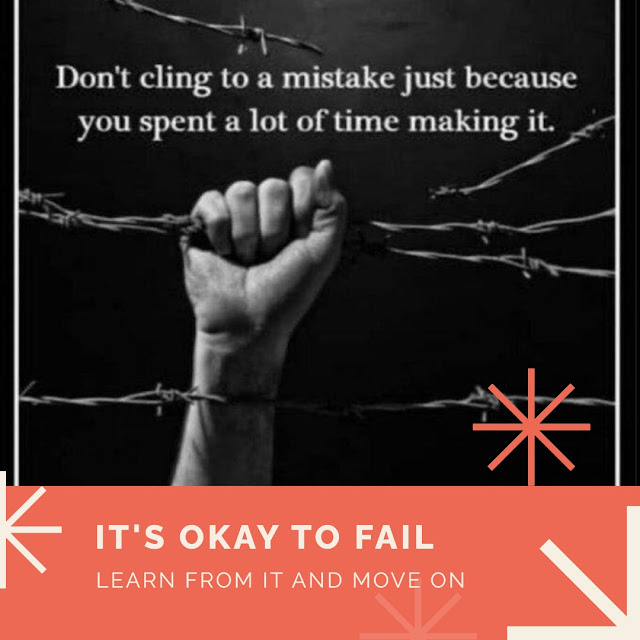Can Embracing a Growth Mindset Mitigate the Dunning-Kruger Effect in Healthcare Leadership?
Can Embracing a Growth Mindset Mitigate the Dunning-Kruger Effect in Healthcare Leadership?
“Anyone who stops learning is old, whether at twenty or eighty. Anyone who keeps learning stays young.”
- Henry Ford
As healthcare leaders, we consistently grapple with complex decisions within a rapidly evolving landscape. Under such enormous pressure, an unexpected psychological phenomenon can inadvertently occur: the Dunning-Kruger effect. This cognitive bias, first identified in a study published in the Journal of Personality and Social Psychology, describes individuals who overestimate their abilities in specific areas.
The implications of the Dunning-Kruger effect are vast, particularly within healthcare organizations. Overconfidence can lead to errors in judgment that directly impact the quality of care and patient outcomes, potentially jeopardizing an organization’s reputation, efficiency, and profitability. But the question arises: how can we manage this risk? Could we nurture a mindset that promotes continuous learning, self-reflection, and receptivity to feedback?
Enter Carol Dweck’s concept of a growth mindset, viewing challenges as opportunities for learning rather than threats to competence. As Dweck poignantly stated, “In a growth mindset, challenges are exciting rather than threatening. So rather than thinking, oh, I’m going to reveal my weaknesses, you say, wow, here’s a chance to grow.”
As leaders, we must embody and promote this growth mindset. Here are a few actionable steps we can implement:
- Encourage open dialogue: Regular team meetings where members feel comfortable sharing their successes and learning experiences can foster an environment of trust and growth.
- Facilitate constructive feedback: Implementing structured feedback processes can help employees understand their areas of improvement and facilitate their professional growth.
- Provide continuous learning opportunities: Offering training programs, workshops, or webinars can enhance your team’s skills and knowledge.
- Set clear expectations: Define clear goals and objectives, helping employees understand what they need to achieve and the path to success.
In implementing these steps, we help individuals grow and shape an organization that is adaptable, resilient, and open to innovation.
However, the establishment of such a culture is a challenging feat. Gallup’s report shows that only one in three U.S. workers strongly agree they received recognition or praise for good work in the past week. This statistic emphasizes the need for leaders to embed regular, constructive feedback in their organizational culture. In the wise words of Bill Gates, “We all need people who will give us feedback. That’s how we improve.”
Simultaneously, helping employees find purpose in their work, an often overlooked aspect also warrants attention. Lisa McLeod, author of “Leading with Noble Purpose,” asserts: “People who’ve found their Noble Purpose aren’t just more successful, they’re happier. They’ve got that elusive thing we all want, passion for their work.” Passionate individuals are naturally more open to learning and growth, thus mitigating the risk of succumbing to the Dunning-Kruger trap.
Mitigating the Dunning-Kruger effect is challenging, but by instilling a growth mindset, encouraging constructive feedback, and helping employees find their purpose, we can alleviate the risks posed by this cognitive bias and guide our organizations toward greater success.
The battle against the Dunning-Kruger effect necessitates a combination of individual growth and the creation of supportive and healthy establishments. By executing these strategies, we can cultivate exceptional leaders and enhance the overall quality of healthcare.
In the upcoming piece, “From Mitigating Risk to Championing Innovation: Can a Shift in Mindset Lead to Organizational Excellence?” we will explore how this shift in leadership thinking not only minimizes risks but also drives innovation, thus benefiting the entire healthcare ecosystem.
Here’s a glimpse: “As we embrace a growth mindset and mitigate the risks of cognitive biases, could this shift in thinking lead us to unprecedented innovation and excellence in our healthcare organizations? Stay tuned as we dive deeper into this thought-provoking conversation in our next piece.”
I invite you to reflect on your leadership style and approach to mitigating cognitive biases like the Dunning-Kruger effect. What has worked for you? What are the challenges you face? Please share your thoughts and experiences in the comments below.
As we progress, the question remains: are you ready to join me on this transformative journey toward healthcare leadership excellence?
.png)



Comments
Post a Comment